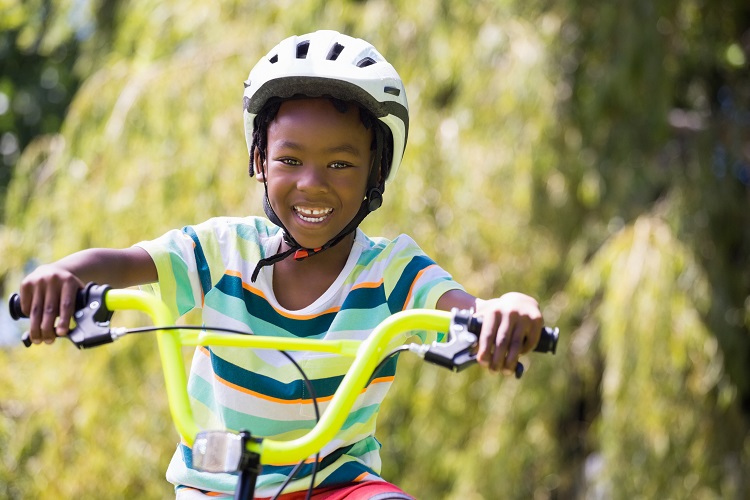 Awareness months, weeks, and days offer people opportunities to talk about, advocate for, and support common and vital causes. September 2018 marks the National Suicide Prevention Month, and September 10th is World Suicide Prevention Day.
Awareness months, weeks, and days offer people opportunities to talk about, advocate for, and support common and vital causes. September 2018 marks the National Suicide Prevention Month, and September 10th is World Suicide Prevention Day.
There are few social topics that carry more stigma than suicide. According to the American Foundation for Suicide Prevention, suicide is the 10th leading cause of death in the United States, and each year approximately 45,000 Americans die by suicide. It is estimated that for every death by suicide there are at least 100+ people who are impacted by the death. These survivors often suffer extreme grief and loss or are affected in other ways.
Talking about suicide or the impact that a suicide has on a family and/or a community can be a challenging conversation for parents and caregivers. As parents, there may be a time when this is a conversation that you will need to have with a child. The National Alliance on Mental Illness (NAMI) offers important tips to remember when talking to your child about someone who has died by suicide.
- Be honest. Don’t lie to a child or pretend a death by suicide did not happen.
- Talk to your child about mental health and mental illness.
- Be open to your child’s emotions. Comfort your child and answer his or her questions honestly.
- Reassure your child that, even though a suicide occurred, the person who has died loved and cared about him or her.
- Avoid sharing graphic details.
- Allow your child to ask questions about faith and religion.
- Seek professional counseling and support the grieving process.
Take time to educate yourself about suicide and suicide prevention. Some great resources include the following:
- QPR Gatekeeper Training: https://qprinstitute.com
- Mental Health First Aid and Youth Mental Health First Aid: https://www.mentalhealthfirstaid.org
- International Association for Suicide Prevention (IASP): https://www.iasp.info
- IASP World Suicide Prevention Day: https://iasp.info/wspd2018
- American Foundation for Suicide Prevention: https://afsp.org
- National Alliance on Mental Illness: https://www.nami.org
- Veterans Crisis Line: https://www.veteranscrisisline.net
If you, or someone you know, is experiencing thoughts of suicide, please contact these free, confidential, 24/7 resources:
- National Suicide Prevention Lifeline: Call 1-800-273-8255
- Crisis Text Line: Text “HOME” to 741741





